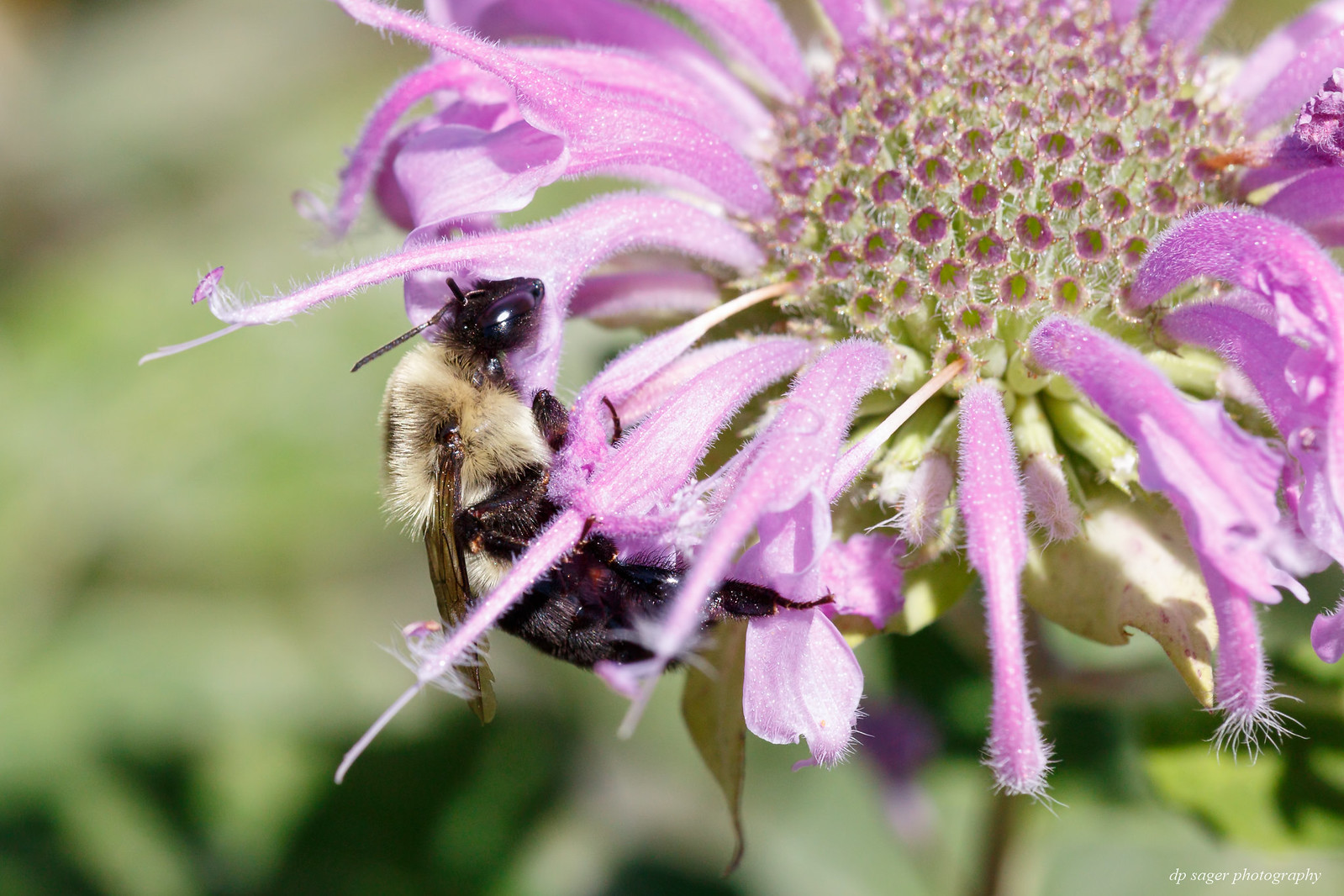Intense close-ups of bees
Apr 30, 2020 17:39:31 #
GregWCIL wrote:
Well, I'll bee darned if I could tell those are Chicago bees. 😉
Ours downstate look very similar. We should meet in Peoria and see if they play there.
Ours downstate look very similar. We should meet in Peoria and see if they play there.
Thank you Greg! It's been since maybe the 90s that I've been to Peoria. We'll have to see how this summer unfolds.
Apr 30, 2020 17:39:44 #
Thank you Greg, Jim, John, Cotondog, Scott, Elliott, Julian, Blair, Dennis, Sippy, John G, Susan, xt2, no12mo, Earnest, Rich, Saigon, Mubashm, khildy, Rob, Roger! This is kind of just a first taste of a few of several posts of different groupings of bees to appear periodically over the next few weeks. Looking at the dates, I haven't been out every summer. I found some quality images from most summers going back to 2009. Honestly, I wouldn't have said I used the 180L macro as much as the images are reporting. Thank for your kind comments.
Apr 30, 2020 18:04:20 #
Great work, Paul. Such fine detail you can easily see the pollen coating the bee. Super photos, and thanks for sharing.
Bob
Bob
Apr 30, 2020 20:29:26 #
May 1, 2020 06:16:14 #
CHG_CANON wrote:
The western honey bee can be found on every contin... (show quote)
Paul,
I joined UHH not long ago and have really enjoyed your thoughtful contributions on a variety of photographic topics in these forums. Today I had the pleasure of seeing your beautiful work, testimony of your vast skills as well. NY
May 1, 2020 09:10:11 #
Paul you sure have the knack of taking pics of anything that has wings, be it birds, bees or butterflies. These are to me truly spectacular. And your added commentary is always a wonderful added bonus to whatever you post. I always look forward to your postings, please keep them coming.
LittleRed (Ron)
LittleRed (Ron)
May 1, 2020 10:02:59 #
CHG_CANON wrote:
The western honey bee can be found on every contin... (show quote)
magnificent set, pal...love these bees!
May 1, 2020 10:07:54 #
Thank you Bob, SWFeral, sscnxy, Ron, merrytexan! If you click a member's name that is a URL link, you can go to their UHH profile page. From there you can access of list of topics created by that user. I mention as I do have contributions beyond birds and bees to the Photo Gallery.  Thank you again for your kind comments.
Thank you again for your kind comments.
 Thank you again for your kind comments.
Thank you again for your kind comments.May 2, 2020 18:05:58 #
May 3, 2020 20:08:33 #
May 4, 2020 15:13:56 #
May 4, 2020 18:47:36 #
Thank you Mark, Swam-Cork, topcat! Hopefully, the snow this week won't bother the bees too much.
If you want to reply, then register here. Registration is free and your account is created instantly, so you can post right away.











